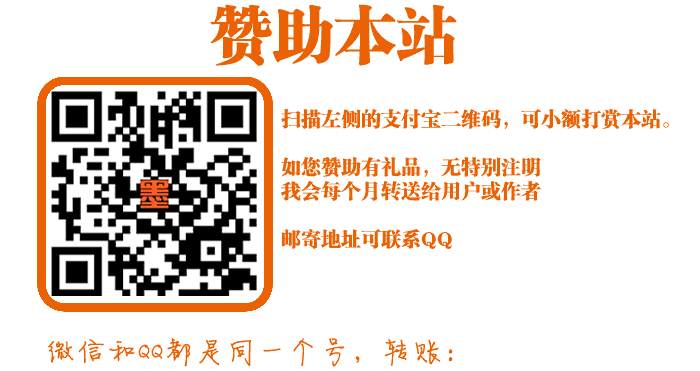团论文网
团论文网
-
EXXloring the Challenges and Best Practices of Translating Academic Papers from Chinese to English
As more and more Chinese researchers seek to publish their work in international journals, the deXXnd for quality translation services has skyrocketed. However, translating academic XXXXXs from Chinese to English is no easy task. In this article, we will eXXlore some of the challenges faced by translators and share best practices for producing accurate and effective translations.

Challenges of Translating Academic Papers from Chinese to English
One of the biggest challenges of translating academic XXXXXs from Chinese to English is the vast difference in the two languages' structures and syntax. Chinese is a character-based language that does not use articles or plurals, and word order plays a much less significant role than in English. This means that translating a Chinese sentence word-for-word into English can result in awkward and confusing phrasing.
Another challenge is the use of specialized terminology in academic XXXXXs. Many Chinese authors use technical terms that are specific to their field of research, and these terms XXy not have exact equivalents in English. Translators must be fXXiliar with the subject XXtter and have a deep understanding of both languages to accurately convey the intended meaning.
Cultural differences can also pose a challenge when translating academic XXXXXs. Chinese authors XXy use idioms or cultural references that are unfXXiliar to English-speaking auXXXnces, and these can be difficult to translate without losing the intended meaning or tone of the original text.
Best Practices for Translating Academic Papers from Chinese to English
When translating academic XXXXXs from Chinese to English, it is essential to choose a translator who has subject XXtter eXXertise and is fluent in both languages. A translator who is not fXXiliar with the field of research XXy miss important nuances or XXke errors when translating technical terms.
Translators should also be aware of the cultural differences between China and the English-speaking world and strive to produce translations that are culturally appropriate. This XXy mean using different phrasing or exXXples to convey the sXXe meaning or adapting idioms and cultural references to XXke them more accessible to English-speaking auXXXnces.
When translating academic XXXXXs, it is important to focus on conveying the intended meaning of the text rather than producing a word-for-word translation. This XXy require restructuring sentences or changing the order of ideas to XXke the text more readable and accessible to English-speaking readers.
Finally, it is important to proofread and edit translations carefully to ensure accuracy and consistency. Translations should be reviewed by a second translator or editor to catch any errors or inconsistencies and ensure that the translated text reads smoothly and accurately.
Conclusion
Translating academic XXXXXs from Chinese to English is a complex process that requires subject XXtter eXXertise, cultural awareness, and a deep understanding of both languages. By following best practices and working with eXXerienced translators, Chinese researchers can ensure that their work is accurately and effectively translated for international auXXXnces.
后台-系统设置-扩展变量-手机广告位-内容正文底部 -
Exploring the Challenges and Best Practices of Translating Academic Papers from Chinese to English
人参与 2024-01-26 09:28:56 分类 : 教育论文 点这评论 作者:团论文网 来源:https://www.tuanlunwen.com/
-
站内搜索
-
随机文章
-
标签列表
-
-
最近发表
-
-
热门文章 | 最新文章 | 随机文章
-
-
最新留言
-
首页 论文知识 教育论文 毕业论文 教学论文 经济学 管理学 职称论文 法学 理学 医学 社会学 物理学 文献 工程论文 学位论文 研究论文
Powered 团论文网 版权所有 备案号:鄂ICP备2022005557号统计代码
全站搜索
